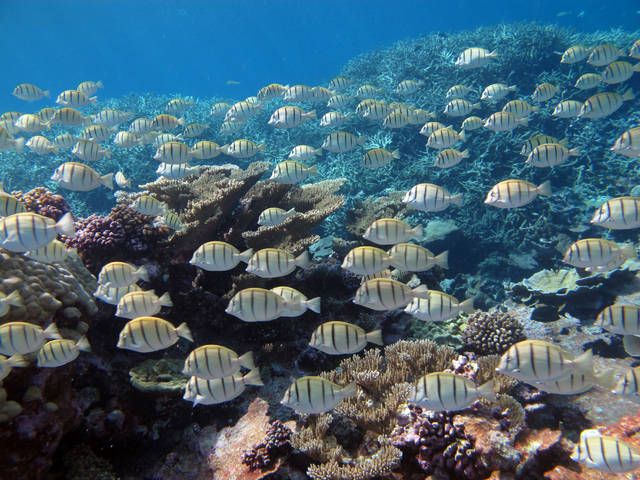ʻĀina Collaboration
Pono (righteousness) guides Huiʻs interactions with the natural and cultural landscape of Kīholo. Through talking with kamaʻāina (locals), fisher people, our own kilo (observations), and researchers, we put forth these guidelines to help all of us walk forward with pono. We invite you to join us in this collaboration with place.
Above photo by The Nature Conservancy.
Pono Fishing
1. Pay attention
Kilo: observe. Maka’ala: be alert and pay attention. The growth and reproduction patterns of fish are different from place to place. Know your place, both the physical surroundings of the area and your effect(s) on the place and its resources.
2. Mālama (care for) your Kūpuna
Share catch with ‘ohana (family) and community members, especially kūpuna (elders) who may not be able to holoholo (fish) any longer. Keep only what you need and can eat now, be sure to leave some. Ensure the ʻono (desire to eat) for fish continues.
3. Take only what you need
Eat fresh! Fish for your table and not for the freezer (because fish don’t reproduce in the freezer!). By taking only what you need and not what you can, you allow stocks to replenish.
4. Honoring Knowledge
Sharing your stories of “how it used to be” can give the younger generation an idea of how abundant it was. Teach what you know, tacit knowledge passed on to the youth is how we maintain succession of knowledge. Ma ka hana ka ‘ike, by doing one learns.
5. Variety in your Catch
Your harvest should be diverse in size and species. Babies and bigger Mama fish should be left in the ocean for reproduction purposes. A few fish of a couple of different species can provide a good meal.
Photo by Christine Shepard.



